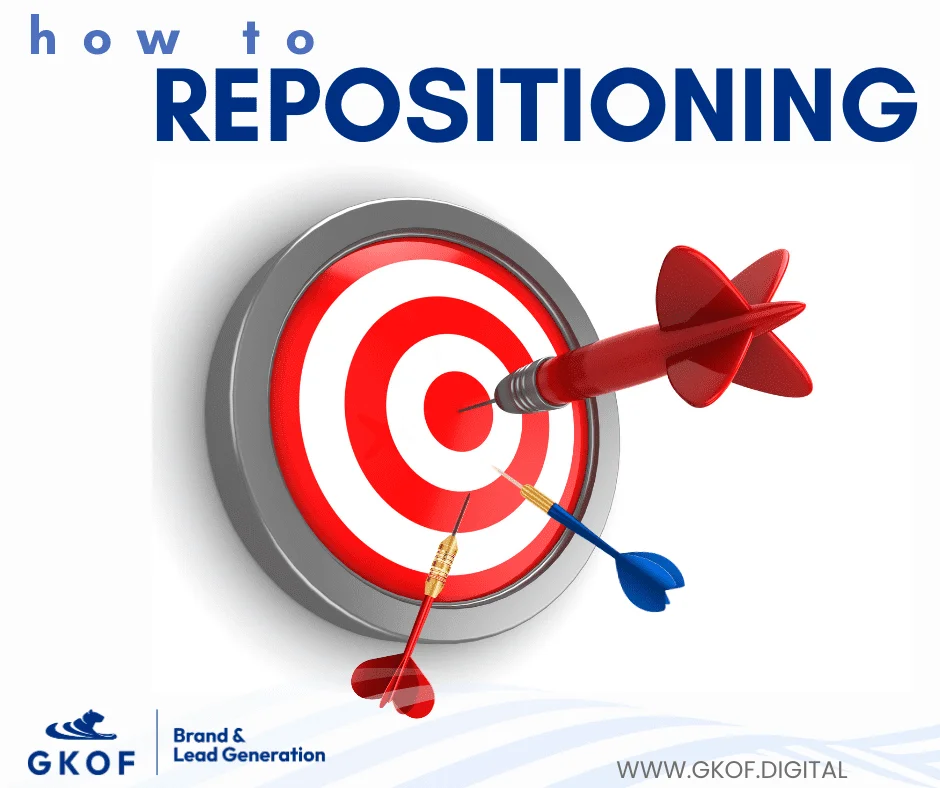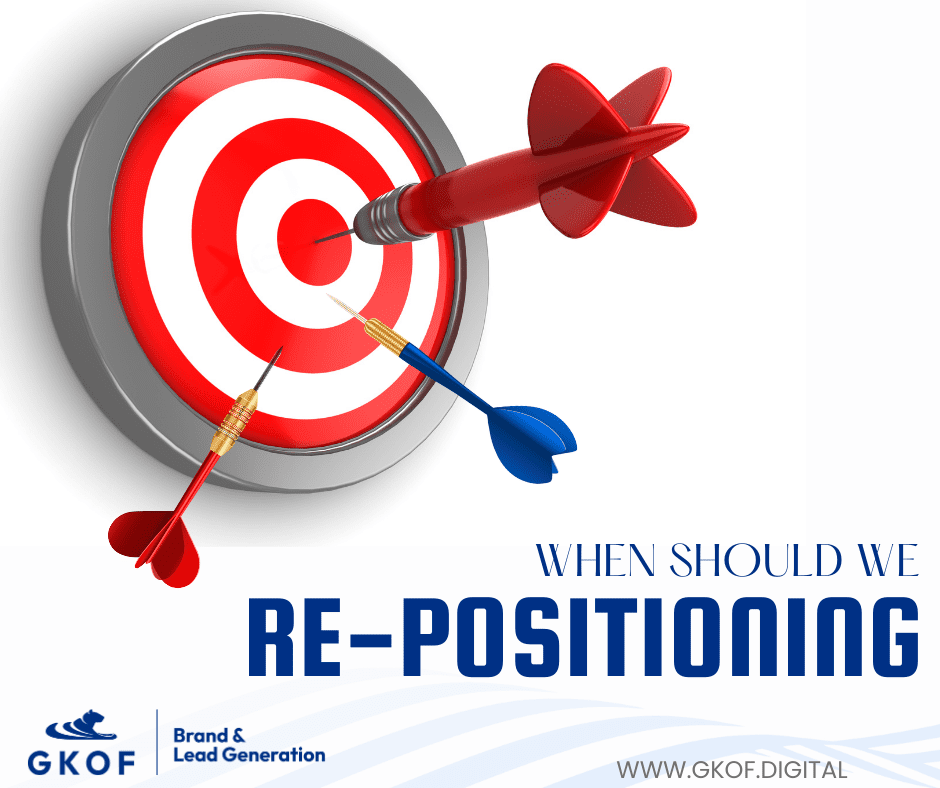Brand repositioning process
1/ Understand Your Current Brand Position:
- Customer Perception: Conduct surveys, focus groups, or social media analysis to understand how customers currently view your brand. What are its strengths and weaknesses in their minds?
- Competitive Landscape: Analyze your competitors’ positioning strategies. How are they differentiating themselves? What gaps exist in the market?
2/ Define Your repositioning Goals:
- Attract New Customers: Are you targeting a new demographic or market segment?
- Boost Sales: Do you want to emphasize a specific product benefit or cater to a different customer need?
- Enhance Brand Value: Aiming to elevate your brand image or command premium pricing
3/ Craft Your repositioning Strategy:
- Refine Brand Messaging: Develop a clear, concise message that reflects your new brand identity and resonates with your target audience.
- Revamp Brand Design: Update your logo, packaging, website, and marketing materials to visually align with your repositioned brand.
4/ Implementation and Monitoring:
- Execute the Strategy: Launch your marketing campaigns and ensure consistency across all communication channels.
- Track and Measure Results: Monitor key metrics like brand perception, sales figures, and customer engagement to gauge the effectiveness of your repositioning efforts.
- Adapt and Refine: Be prepared to adjust your strategy based on the data you collect. repositioning is an ongoing process, so stay flexible and responsive to market changes.
By following these steps and remaining adaptable, you can effectively re-position your brand for long-term success.
Ways to repositioning
Here are some effective ways to achieve brand repositioning:
1/ Messaging Makeover:
- Refine your brand story: Craft a compelling narrative that aligns with your new brand image. Highlight the problem you solve, the values you represent, and the unique benefits you offer.
- Shift your communication focus: Emphasize the aspects of your product or service that resonate with your target audience after repositioning. Downplay elements that might not be relevant anymore.
2/ Design Revamp:
- Logo and branding refresh: Update your logo, packaging, and overall brand aesthetic to visually reflect your new positioning. Ensure a cohesive brand identity across all touchpoints.
- Website and marketing materials update: Redesign your website and marketing materials to convey the new brand message and target audience.
3/ Audience Re-engagement:
- Targeted marketing campaigns: Develop marketing campaigns specifically tailored to your new target audience. Utilize appropriate channels like social media, influencer marketing, or content marketing to reach them effectively.
- Customer experience adjustments: Refine your customer experience strategies to align with your repositioned brand image. This could involve revamping customer service interactions, loyalty programs, or product offerings.
4/ Partnerships and Endorsements:
- Collaborate with relevant brands: Partner with brands that complement your repositioned image. This can expand your reach and introduce your brand to a new audience that aligns with your target market.
- Seek endorsements from influencers or brand ambassadors: Partner with individuals who embody the values and characteristics of your repositioned brand. Their endorsement can add credibility and trust to your brand story.
5/ Cause Marketing:
- Align with social causes: Associate your brand with social or environmental causes that resonate with your target audience. This can enhance your brand image and attract customers who value social responsibility.
Remember, repositioning is a journey, not a destination. Here are some additional tips:
- Be clear and consistent: Clearly communicate your brand’s new direction across all platforms. Consistency is key to building brand recognition and trust.
- Measure and adapt: Track the effectiveness of your repositioning efforts through market research and customer feedback. Be prepared to adapt your strategy based on the data you collect.
- Maintain brand authenticity: While repositioning, don’t stray too far from your core brand values. The new brand image should still feel genuine and resonate with your existing customer base.
- Focus on a Unique Value Proposition (UVP): What makes your brand stand out? Clearly define your UVP to differentiate yourself from competitors.
- Communicate Effectively: Communicate your brand’s new direction to your target audience. Utilize various marketing channels to spread the message consistently.
By implementing these strategies thoughtfully, you can re-position your brand for long-term success and achieve your desired goals.








